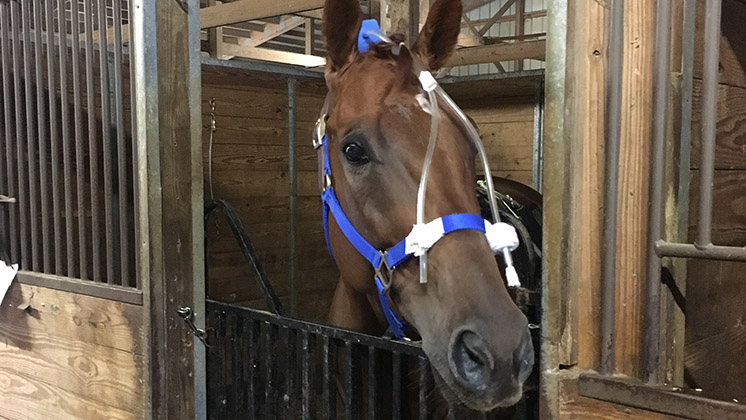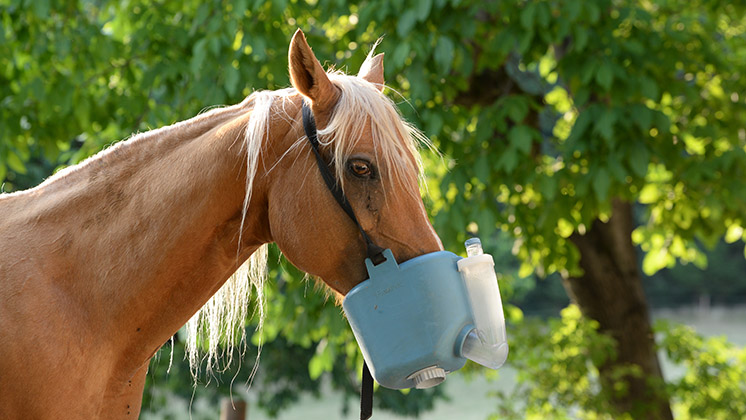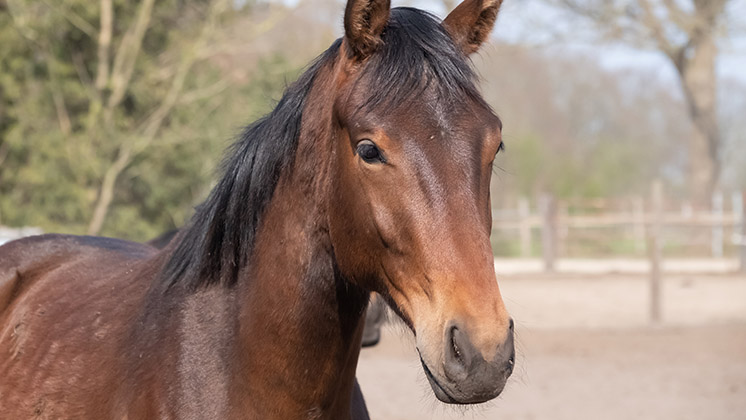A Breath of Fresh Air for Racehorses: How Low-Dust Forages Can Help

Horse racing isn't just about speed—it's also about the health and well-being of the horses. A recent clinical trial conducted by researchers from Purdue University aimed to understand how different types of forage affect respiratory health and inflammation in Thoroughbred racehorses. Here’s what they discovered.
The Problem with Dust and Asthma in Horses
Many racehorses experience mild asthma, an inflammation of the airways that can affect their performance. One major culprit? The dust present in dry hay, which these horses commonly consume. Dust particles, including bacteria and fungal spores, can trigger respiratory issues. To make matters worse, diets low in omega-3 fatty acids, which have anti-inflammatory properties, could exacerbate the problem.
The Study: Comparing Forage Types
This study involved 43 racehorses divided at random into three groups, each fed a different type of forage for six weeks:
- Dry hay (standard feed, known to release more dust)
- Steamed hay (heat and moisture added to reduce dust and kill bacteria/fungi)
- Haylage (high-moisture forage with naturally lower dust content and nutritious value close to fresh grass)
Researchers measured the horses’ dust exposure, airway cell makeup in lung mucus, and omega-3 levels in the blood before and during the trial.
Key Findings
- Dust Exposure: Horses fed dry hay experienced higher dust exposure compared to those given steamed hay or haylage.
- Airway Inflammation: The horses eating haylage showed significantly reduced levels of airway neutrophils (a sign of inflammation), particularly by the six-week mark. Horses eating steamed hay experienced a modest reduction in airway inflammation.
- Omega-3 Benefits: Only the haylage diet increased the ratio of anti-inflammatory omega-3 to pro-inflammatory fatty acids in the blood.
Why This Matters
Switching to low-dust forages, especially haylage, can improve airway health in racehorses by reducing inflammation and promoting better respiratory function. This could mean healthier, better-performing horses, with fewer respiratory issues to hinder them.
The Takeaway
For racehorse trainers looking to optimize their horses’ respiratory health, haylage could be a game-changer. This feed type not only reduces dust exposure but also supports an anti-inflammatory profile in the horses' plasma.
Read the Research Paper
This article is based on the research of Dr. Laurent Couetil and the Equine Sports Medicine Center. Read the research:
Suggested Articles

Understanding Mild-Moderate Equine Asthma: What the Research Tells Us
A comprehensive review of mild-moderate equine asthma highlights key diagnostic challenges and underscores the need for standardized research to improve care and outcomes.
Read more
Exploring the Best Solutions for Equine Airway Procedures Introduction
New research confirms saline as a safe, effective solution for bronchoalveolar lavage in diagnosing equine asthma, showing no added benefit from pH-neutral alternatives.
Read more
Lipid Clues in Equine Asthma: What a New Study Reveals
New research reveals how specific lipid changes in lung surfactant and blood plasma may serve as biomarkers for diagnosing and managing equine asthma in horses.
Read more
